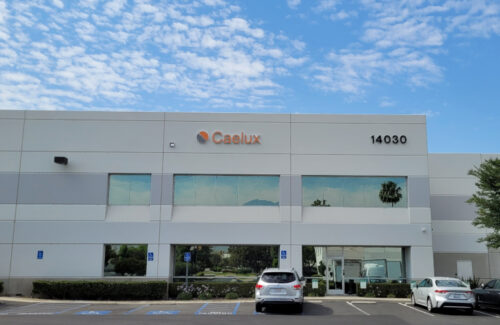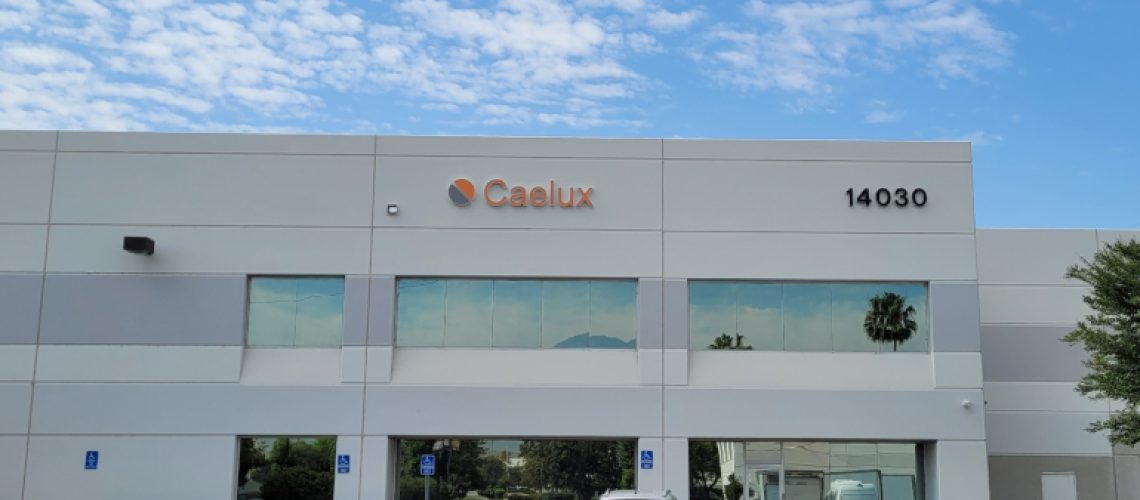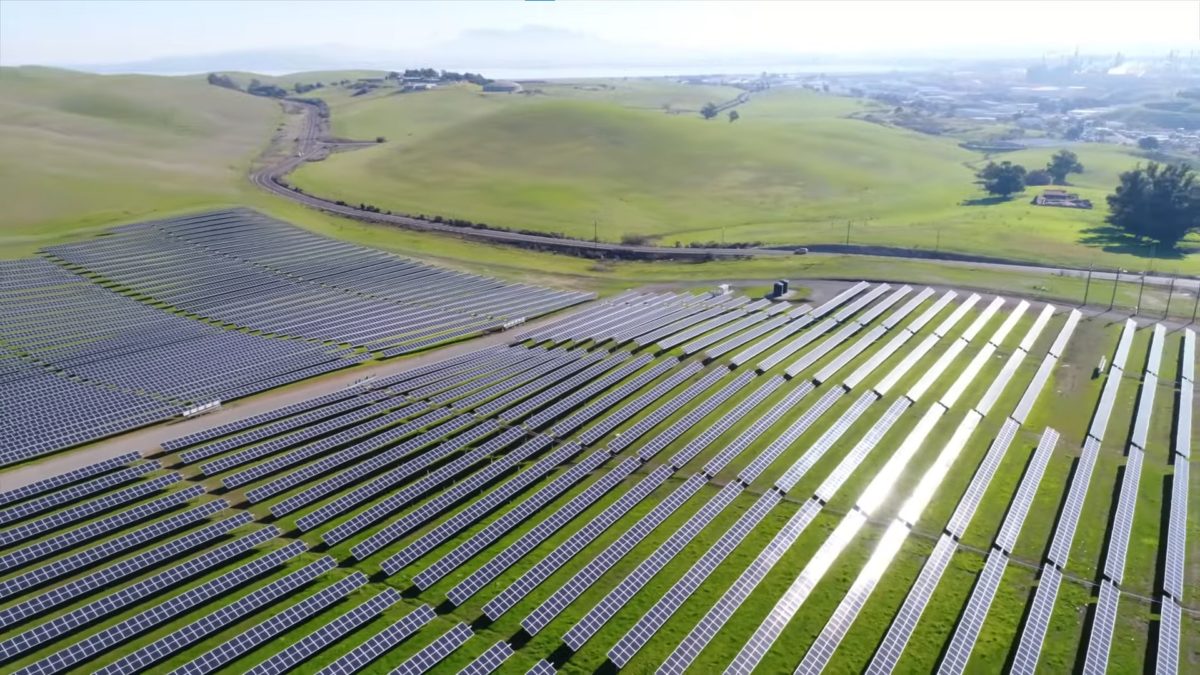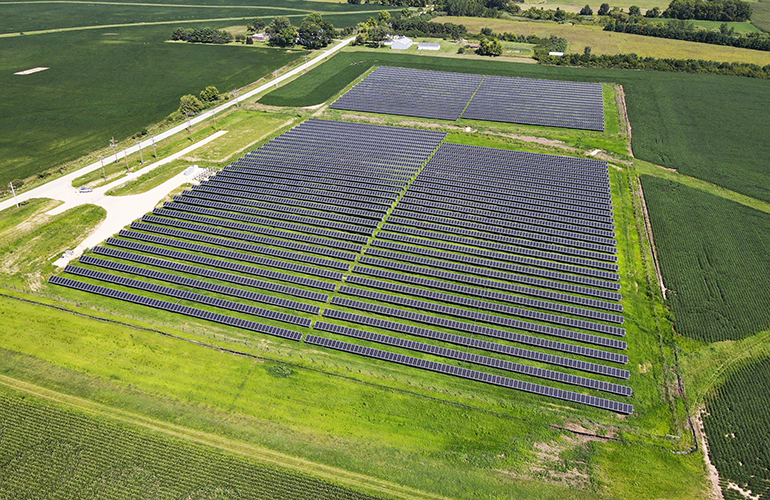Perovskite development has been a major R&D buzzword in the solar industry for the last decade. The nanomaterial absorbs more of the light spectrum than a traditional silicon solar cell. Layering perovskites with other solar technologies would lead to more powerful and efficient solar panels at a relatively low added cost. Researchers have been testing various applications of perovskites — whether spin-coated, sprayed or painted onto a substrate. California-based Caelux has found success coating its perovskite design onto glass, with the final product easily incorporating into existing silicon solar panel manufacturing lines.
 Caelux today announced the successful closure of a $12 million Series A3 funding round led by Temasek with participation from Reliance New Energy, Khosla Ventures, Mitsui Fudosan and Fine Structure Ventures, bringing Caelux’s total raised funding to $24 million. Caelux will use this funding to open a 100-MW perovskite-coated glass factory in Baldwin Park, California, just outside Los Angeles.
Caelux today announced the successful closure of a $12 million Series A3 funding round led by Temasek with participation from Reliance New Energy, Khosla Ventures, Mitsui Fudosan and Fine Structure Ventures, bringing Caelux’s total raised funding to $24 million. Caelux will use this funding to open a 100-MW perovskite-coated glass factory in Baldwin Park, California, just outside Los Angeles.
“This investment will support our mission to usher in the next generation of solar innovation, including our production of full-size perovskite sub-modules,” said Scott Graybeal, CEO of Caelux. “We are excited to have attracted visionary, global investors to help us on our journey to multi-gigawatt scale.”
The company’s full-release product, Caelux One, would allow the industry to realize its goal of greater than 30% efficiency in commercially available solar modules. Graybeal told Solar Power World that the product improves the efficiency of solar panels by about 6%, while the cost per watt for the module manufacturer stays the same. No additional steps are needed by the module manufacturer — Caelux would use the glass sizes already spec’d for the lines. Just a few pieces of charge collection tape are manually attached at the bussing station, but otherwise no new equipment is needed to add Caelux perovskite-glass to a module company’s lines. The company is right now focusing on tandem-silicon designs but doesn’t discriminate against tech choices. TOPCon, HJT, PERC — all are welcome.
Although perovskites have previously shown excellent performance in lab settings, efficiency tends to decline as the module size increases. Caelux is using this funding to demonstrate that the technology works at a larger form factor.
“We’ve been working in the 8-in.2 size for a while, and we’ve had stuff out in the sun for a while,” Graybeal said. “The intent for this line is to qualify this new product with our customers, and then look at larger scaling opportunities. We need to demonstrate this can be done on a 2-m2 substrate. And once the product is qualified, we’re sold out for the first 18 months, we already have orders.”
Caelux chose Baldwin Park for its pilot line because of its large manufacturing employment pool and proximity to rich academic and engineering communities. A spot in the West also make sense logistically, especially as more large solar panel manufacturers set up in Arizona, New Mexico and Colorado.
“What we’re trying to do here with Caelux is have a copy/paste mindset,” Graybeal said. “We’re going to develop the process in Baldwin Park, develop the equipment sets, and then copy and paste that in other locations, but at a larger scale.”
Caelux has an established relationship with Indian solar conglomerate Reliance New Energy and is working on tandem designs in India. Reliance acquired Norwegian solar panel maker REC Group two years ago and has hinted at U.S. manufacturing plans.
Leslie Chang, director of strategy and policy for Caelux, told Solar Power World that based on the company’s discussions with the Treasury Dept., Caelux One would be considered a solar cell rather than a simple piece of glass since it has production properties. That means Caelux would be eligible both for manufacturing tax credits in the IRA and as a piece of domestic content required for an American solar panel.
“Companies should be incentivized to scoop us up into part of their manufacturing value chain, because now they have a solar cell that was produced right here in the United States,” she said. “By incorporating Caelux, not only are you able to increase the overall power conversion efficiency of your module, but also you better qualify for these domestic content regulations.”
Caelux expects to launch Caelux One by the end of 2024 and then begin talking about Series B funding and expanding to a gigawatt-scale.
“We’re laser-focused on launching Caelux One,” Graybeal said. “We want to focus on creating this high-quality, top-notch product so we have something to demonstrate. Once we have that and it’s been qualified by many manufacturers, we’ll have such a wide range of expansion opportunities open to us.”






